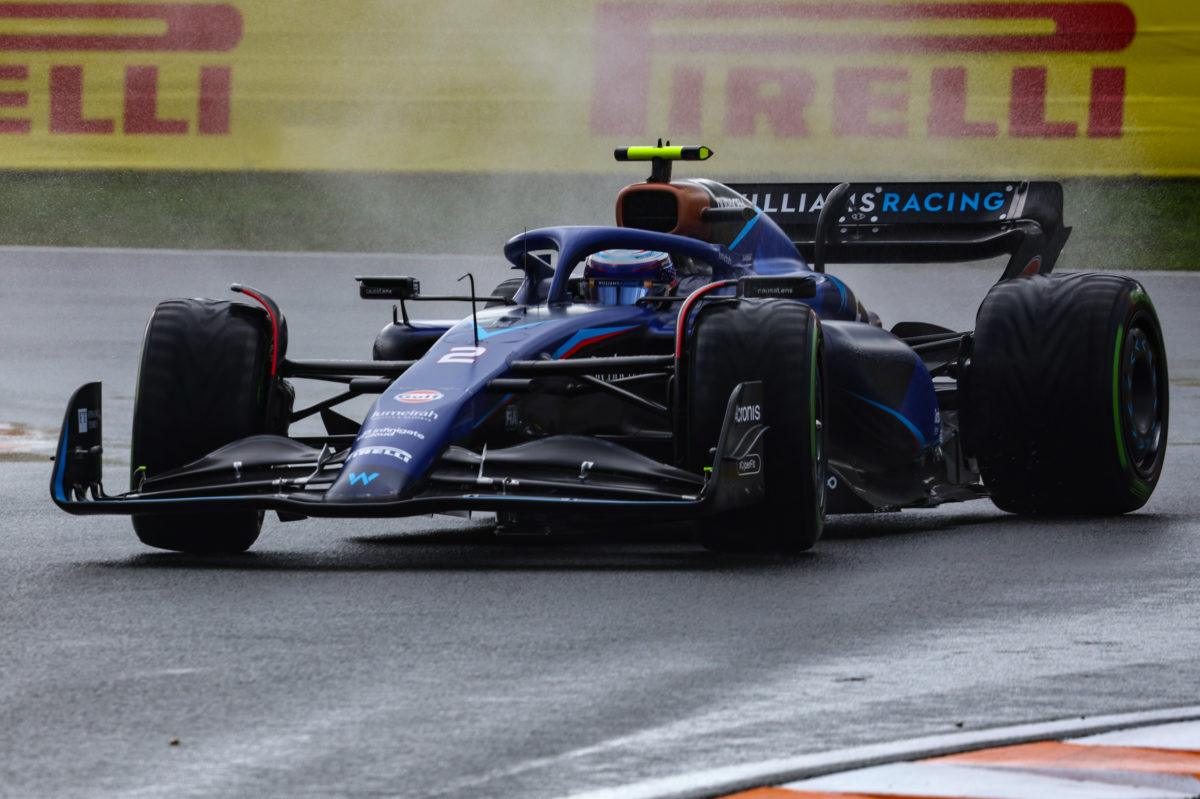

Williams has confirmed a power-steering failure and subsequent loss of hydraulics as the reason behind Logan Sargeant’s crash during the Dutch Grand Prix.
It was the second accident in 24 hours for Sargeant following his heavy smash in qualifying, an incident of his own making, in contrast to what unfolded after 16 laps of the race at Zandvoort.
The accident appeared unusual at the time given the way Sargeant veered off the track in his FW45, with the 22-year-old American suggesting at the time there had been a power-steering issue.
Asked by Speedcafe whether the team had managed to get to the bottom of what unfolded, head of vehicle performance Dave Robson said: “Yes, at least to the point where we’re happy it won’t happen this weekend (during the Italian GP).
“There was a failure in the power-steering system, which meant he lost the hydraulics, so he simply couldn’t steer the car.”
Over the two days, Robson has confirmed there was considerable damage, but that in preparation for the upcoming Singapore GP, in particular, it was not short of spares.
“We had built some stocks of parts to go into the flyaway races expecting some damage, maybe more at Singapore than in Zandvoort,” remarked Robson.
“But the damage was reasonably extensive. There’s quite a lot of stuff back at the factory being repaired. The chassis is back now, but it had been back for repair.
“It is a different chassis we have prepared for him for this weekend but otherwise, we’re okay, we’ve got enough parts.”
Ordinarily, a team’s cost cap would be severely affected by the incidents, but Robson insists nothing really changes for Williams.
“We are just spending the budget we had allocated to keep the supplies and parts up,” he said.
“Probably the reality of the cost cap will mean that as we get towards the end of the season, we’ll just be using up what’s around us rather than necessarily having both cars with identical bills. Again, that’s just a fact of how it works with the cost cap.
“We can’t afford to produce new parts of the preferred spec just to see us through this year if it’s not going to deliver a tangible return, or if we’ve already spent up to the cost cap. That’s just part of the game that everyone’s got to adapt to.”




















Discussion about this post